Culture of Chile, Chile, a country stretched along the western edge of South America, is a land of extraordinary cultural diversity and natural beauty. Its culture is a dynamic tapestry woven from the threads of history, geography, and the convergence of indigenous, European, and other global influences that have shaped the nation’s identity over the centuries. From the captivating rhythms of cueca to the flavours of Chilean cuisine, this South American nation offers a fascinating blend of tradition, innovation, and a people marked by their resilience and love for their homeland.
Historical Roots:
Chile’s cultural history is deeply intertwined with its historical past. Before the arrival of European explorers in the 16th century, the region was inhabited by indigenous peoples, including the Mapuche, Aymara, and Rapa Nui on Easter Island. The Mapuche, in particular, were known for their fierce resistance to Spanish colonial rule, and their culture remains an essential part of Chilean identity.
Spanish colonization during the 16th century introduced Catholicism, the Spanish language, and European customs to the region, shaping the country’s culture and traditions. Chile’s fight for independence, led by figures like Bernardo O’Higgins and José de San Martín, marked a pivotal moment in the nation’s history, and it continues to be celebrated with pride.
Cultural Diversity:
Chile’s cultural diversity is enriched by its geographic variety. The country’s remarkable landscape spans from the Atacama Desert in the north to the glaciers of Patagonia in the south, and from the Andes mountains in the east to the Pacific Ocean in the west. These diverse regions have developed their own unique customs, traditions, and ways of life.
The Chilean population is primarily mestizo, with a mixture of indigenous, European, and, to a lesser extent, African heritage. Indigenous communities such as the Mapuche maintain their languages and traditions, including the Mapudungun language and their vibrant textiles and crafts. The influence of European settlers is evident in urban areas and coastal cities.
Music and Dance:
Music and dance are central to Chilean culture. The cueca, Chile’s national dance, is a lively and rhythmic tradition that reflects the country’s history and folklore. Dancers wear colourful costumes and perform intricate steps while waving handkerchiefs. The cueca is a celebratory and lively expression of Chilean identity and has many regional variations.
Chilean music is a blend of indigenous, European, and Latin American influences. The music of the Andes, with its panpipes and flutes, reflects the indigenous heritage of the region. Nueva canción Chilena, a musical movement that emerged in the 1960s, fused traditional folk music with contemporary social and political themes. Artists like Violeta Parra and Victor Jara played a pivotal role in this movement, using their music to address issues of social justice and cultural identity.
Chile is also known for its influence on Latin American rock music, with bands like Los Bunkers and La Ley achieving international recognition. The country’s music scene continues to evolve, with a diverse range of genres, from hip-hop to electronic music, contributing to the country’s musical richness.
Cuisine:
Chilean cuisine is a reflection of its history, geography, and a fusion of flavours from different cultural backgrounds. The country is renowned for its seafood, particularly along the extensive coastline. Dishes like ceviche, made from fresh fish or seafood marinated in citrus juices, and paila marina, a hearty seafood stew, showcase the richness of Chile’s coastal cuisine.
The empanada, a savoury pastry filled with ingredients like beef, cheese, and seafood, is a popular snack throughout Chile. The traditional cazuela, a hearty soup with meat, potatoes, and vegetables, is a staple in Chilean households. The country’s vineyards in regions like the Maipo Valley produce high-quality wines, particularly Cabernet Sauvignon and Carménère, which have earned international acclaim.
Art and Craftsmanship:
Chilean visual arts and craftsmanship are a reflection of the country’s history and natural beauty. Indigenous communities create intricate textiles, pottery, and handicrafts, with Mapuche textiles being particularly renowned. In the field of contemporary art, Chilean artists like Roberto Matta and Claudio Bravo have achieved global recognition for their innovative and expressive works.
Festivals and Traditions:
Chile hosts a range of festivals and traditions that celebrate its cultural heritage and history. Fiestas Patrias, celebrated in September, is Chile’s national holiday, marking the country’s independence. It includes traditional music, dance, and food, with a focus on cueca and empanadas.
The Fiesta de La Tirana, celebrated in the town of La Tirana in northern Chile, is a colourful and vibrant religious festival that blends indigenous Andean and Catholic traditions. La Tirana is a significant event, drawing pilgrims and visitors from all over the country.
Religious Practices:
Religion plays a significant role in Chilean culture, with the majority of the population adhering to Catholicism. Religious traditions, such as processions and fiestas patronales (patron saint festivals), are an integral part of the country’s cultural tapestry. Many of these traditions incorporate indigenous elements and reflect the syncretic nature of Chilean spirituality.
Languages and Literature:
The official language of Chile is Spanish, and the country has a rich literary tradition. Notable authors like Pablo Neruda, who won the Nobel Prize in Literature in 1971, and Gabriela Mistral, the first Latin American Nobel laureate, have made significant contributions to world literature. Their works often explore themes of love, social justice, and the beauty of Chilean landscapes.
Natural Beauty and Outdoor Activities:
Chile’s diverse geography offers a wide range of outdoor activities and opportunities for exploration. The country’s stunning landscapes, from the Atacama Desert to the Patagonian fjords, make it a paradise for nature enthusiasts. Hiking, trekking, and climbing in the Andes mountains are popular activities, with the Torres del Paine National Park in Patagonia being a renowned destination for adventure seekers.
Chile’s position as one of the longest north-south countries in the world means it offers a wide range of climates and ecosystems. The country is known for its excellent opportunities for stargazing, with observatories in the Atacama Desert providing stunning views of the night sky. The Chilean coast offers exceptional conditions for water sports like surfing, while the pristine forests and lakes of the Lake District are ideal for kayaking and fishing.
Challenges and Opportunities:
Chile has faced various challenges, including economic disparities, social inequalities, and political issues. Nevertheless, the country has made significant progress in areas like education, healthcare, and economic development. Its diverse culture, rich traditions, and striking landscapes provide opportunities for tourism, cultural exchange, and economic growth.
In conclusion, Chilean culture is a dynamic mosaic of tradition, innovation, and resilience. The convergence of indigenous, European, and Latin American influences has created a society that celebrates its diverse heritage through music, dance, cuisine, and visual arts. Chileans are marked by their love for their homeland and a deep connection to their unique landscapes. Despite challenges, the Chilean culture remains a testament to the resilience and creativity of its people, offering a captivating glimpse into a nation that takes pride in its unique identity and traditions.


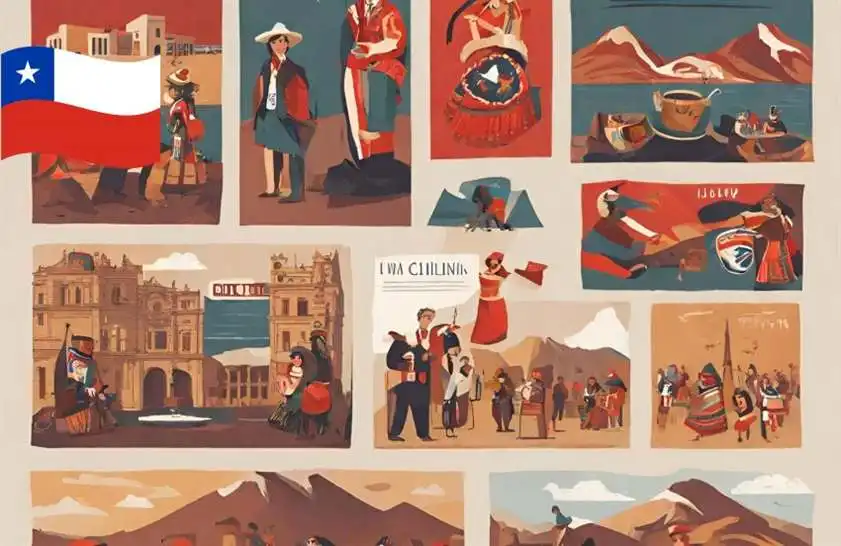
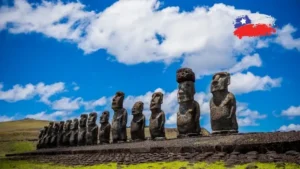
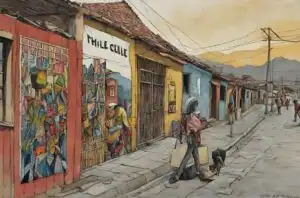
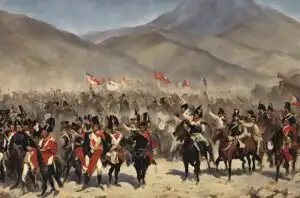



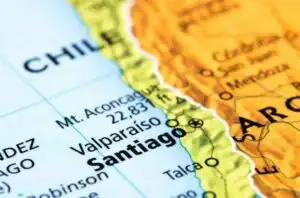

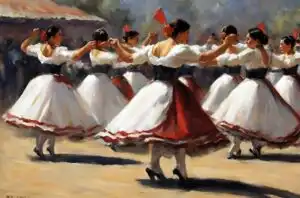
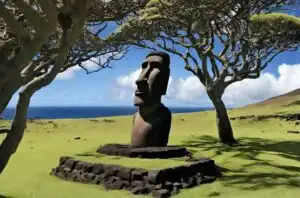
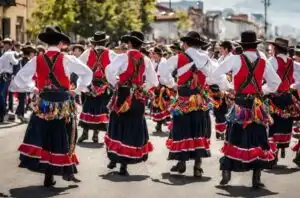
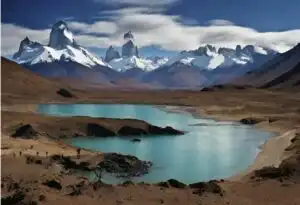

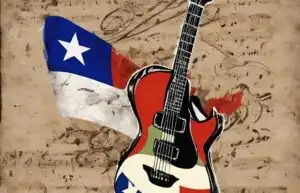
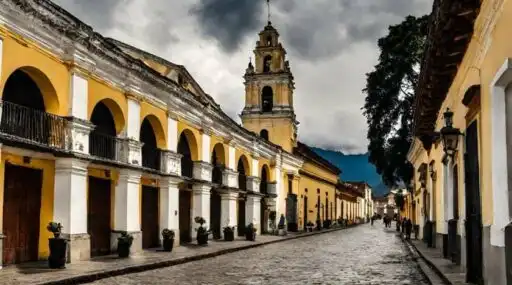
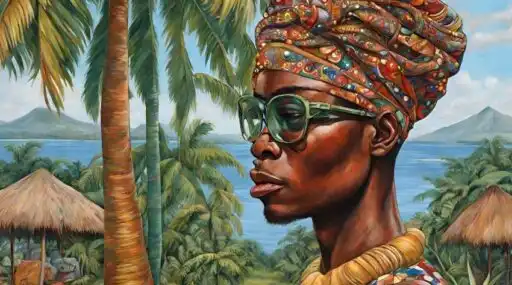
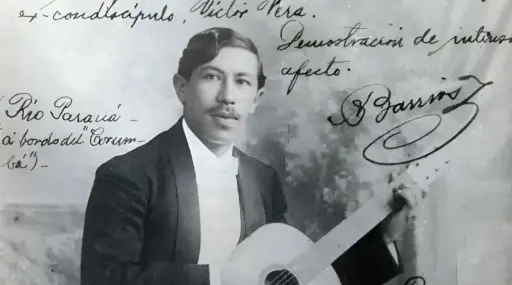
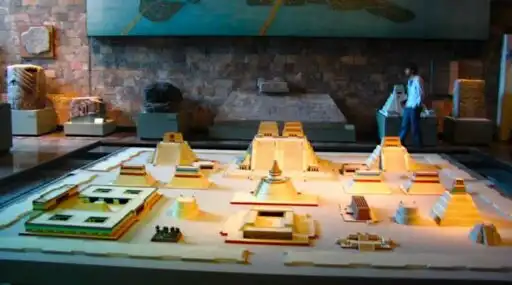
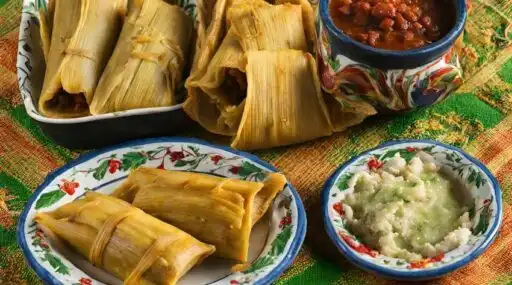
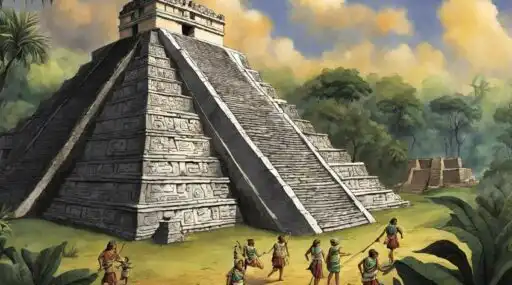

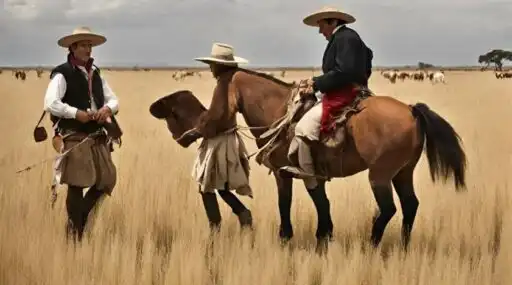

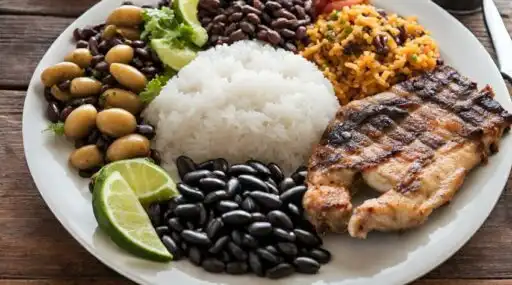
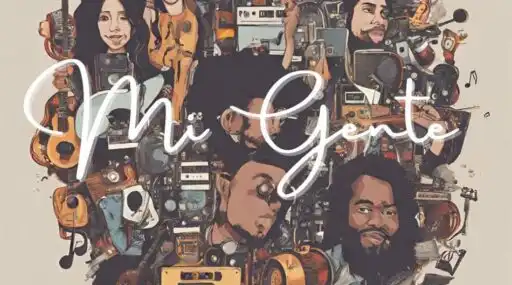


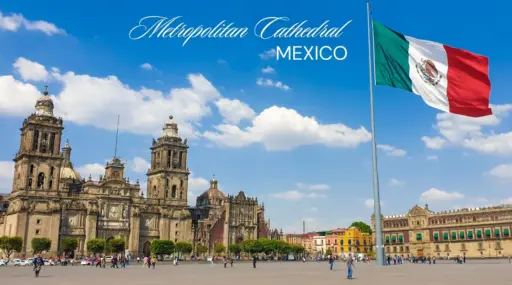
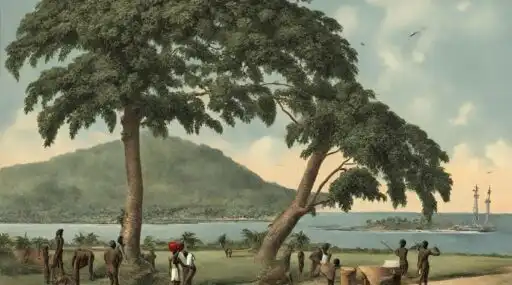

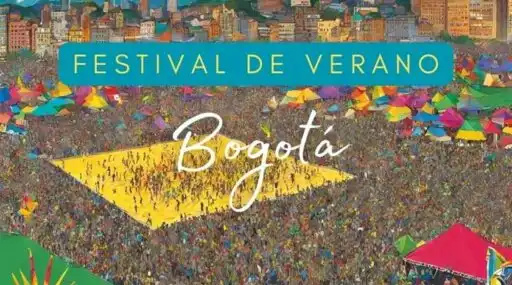

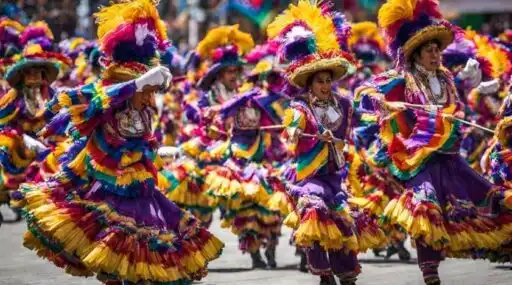

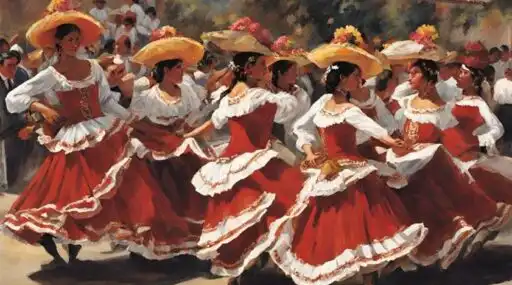
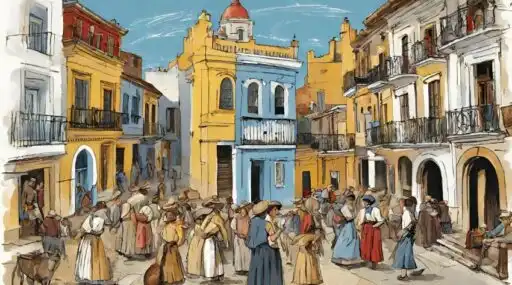
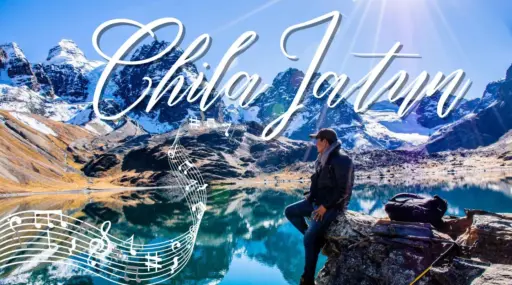
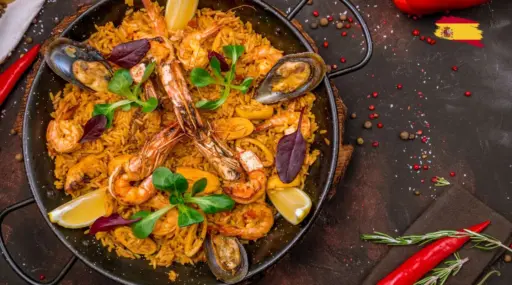
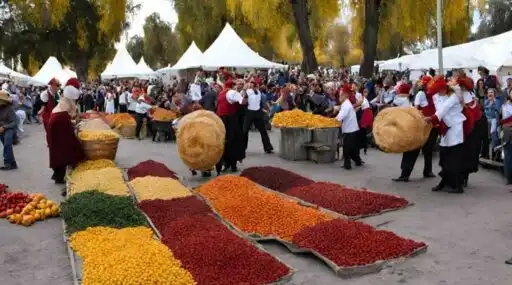
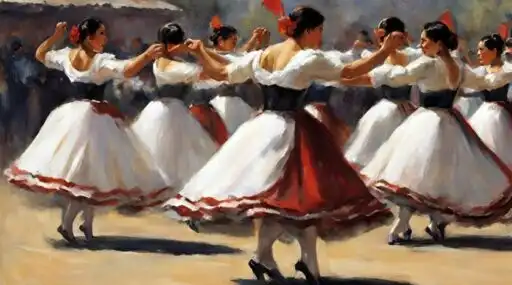


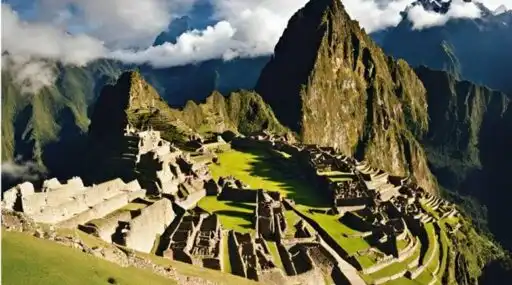

Leave a Reply